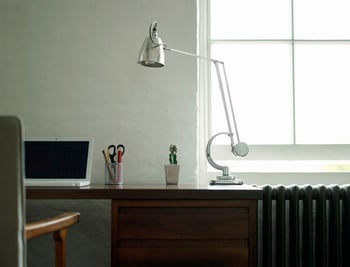
Many people don’t realize the effect that light has on us, but the truth is that humans are enormously photo sensitive. It is light and dark that determines our Circadian rhythms, and sets our body clock. That explains why office lighting quality is proven to affect productivity (not to mention a documented OHS concern in many occupations.) If you suspect that your office lighting is affecting performance, then there are several things you can do to improve the situation.
- If you don’t already have energy saving lighting installed in your office, make sure that you design new lighting systems to take advantage of CFL, LED and other technologies. They can save you a bundle on energy costs.
- If your office has flickering fluorescent lighting, be aware that this may trigger epileptic seizures.
- Understand that different tasks require different levels of light to ensure alertness and productivity. For instance, the minimum lighting requirement for computer work stations is 50 foot-candles. More complex tasks require more complex lighting, to ensure that work can be carried out safely.
- Note that age and vision can also affect lighting requirements, and many older people require a minimum of 70 foot-candels to work properly.
- Good lighting design is a matter of ergonomics, and require a combination of indirect overhead lighting, movable direct task lighting and natural light, in the correct proportions, to ensure safe and comfortable working conditions.
- The color of your lighting (warm, cold or otherwise) is another factor that contributes to safe and healthy workplace lighting design.
How to Be Sure Your Lighting Works
In many cases, commercial building lighting design was done years or even decades ago, and there’s a good chance that your commercial property is being used differently today than it was then. It’s a good idea to talk to both an electrical contractor and a lighting specialist to devise a lighting and electrical plan, to bring your building back into the light.
A lighting designer will inspect and measure the lighting in your building, and make recommendations to bring it up to standard, while your electrical contractor may need to upgrade electrical, add outlets or fixtures or move them around.
Why You Need to Make These Changes
As mentioned before, lighting is critical to wakefulness and productivity in your office or commercial building. It can even influence customers shopping habits! It’s also a health and safety issue though, and if your commercial lighting is not up to standard, particularly where complex or dangerous tasks are being carried out, you could find yourself in hot water.
If you suspect that your lighting needs a boost, talk to your commercial electrical contractor first. They may be able to work with your existing installation, and improve the quality of lighting that you have, and that can be more budget friendly. If you do need an expert, they should be able to tell you, and very possibly recommend a good one.
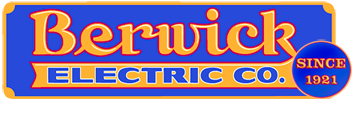



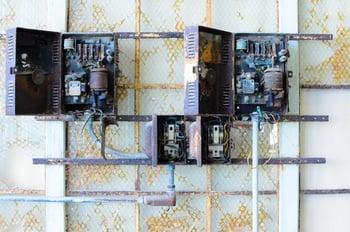 Many people choose the charm of older buildings over the cookie cutter look that some new developments offer. They like the old architectural features, and the quirks. What they probably do not like, or would not if they considered it, is old, potentially dangerous wiring. Let us face it – it is far more interesting to work in a building with a history than something that was slapped together with cinderblocks a handful of years ago.
Many people choose the charm of older buildings over the cookie cutter look that some new developments offer. They like the old architectural features, and the quirks. What they probably do not like, or would not if they considered it, is old, potentially dangerous wiring. Let us face it – it is far more interesting to work in a building with a history than something that was slapped together with cinderblocks a handful of years ago.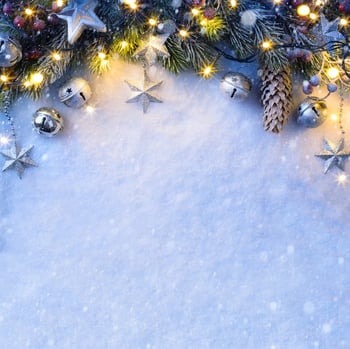 Most of the year,
Most of the year, 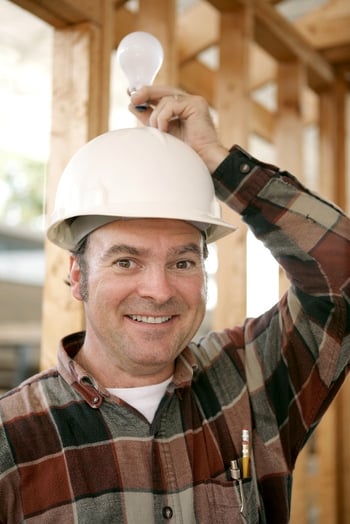 When Thomas Edison perfected the first commercially viable electric lightbulb in 1879, he probably had no idea that a couple of hundred years later, there would be so many variations on his idea. However, there have been many leaps and bounds in electric lighting since then, and there are hundreds of different types of lightbulb on the market today. Here is a brief outline of the most common types.
When Thomas Edison perfected the first commercially viable electric lightbulb in 1879, he probably had no idea that a couple of hundred years later, there would be so many variations on his idea. However, there have been many leaps and bounds in electric lighting since then, and there are hundreds of different types of lightbulb on the market today. Here is a brief outline of the most common types.